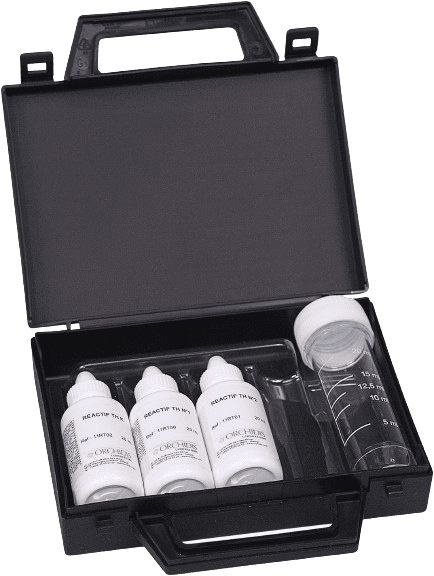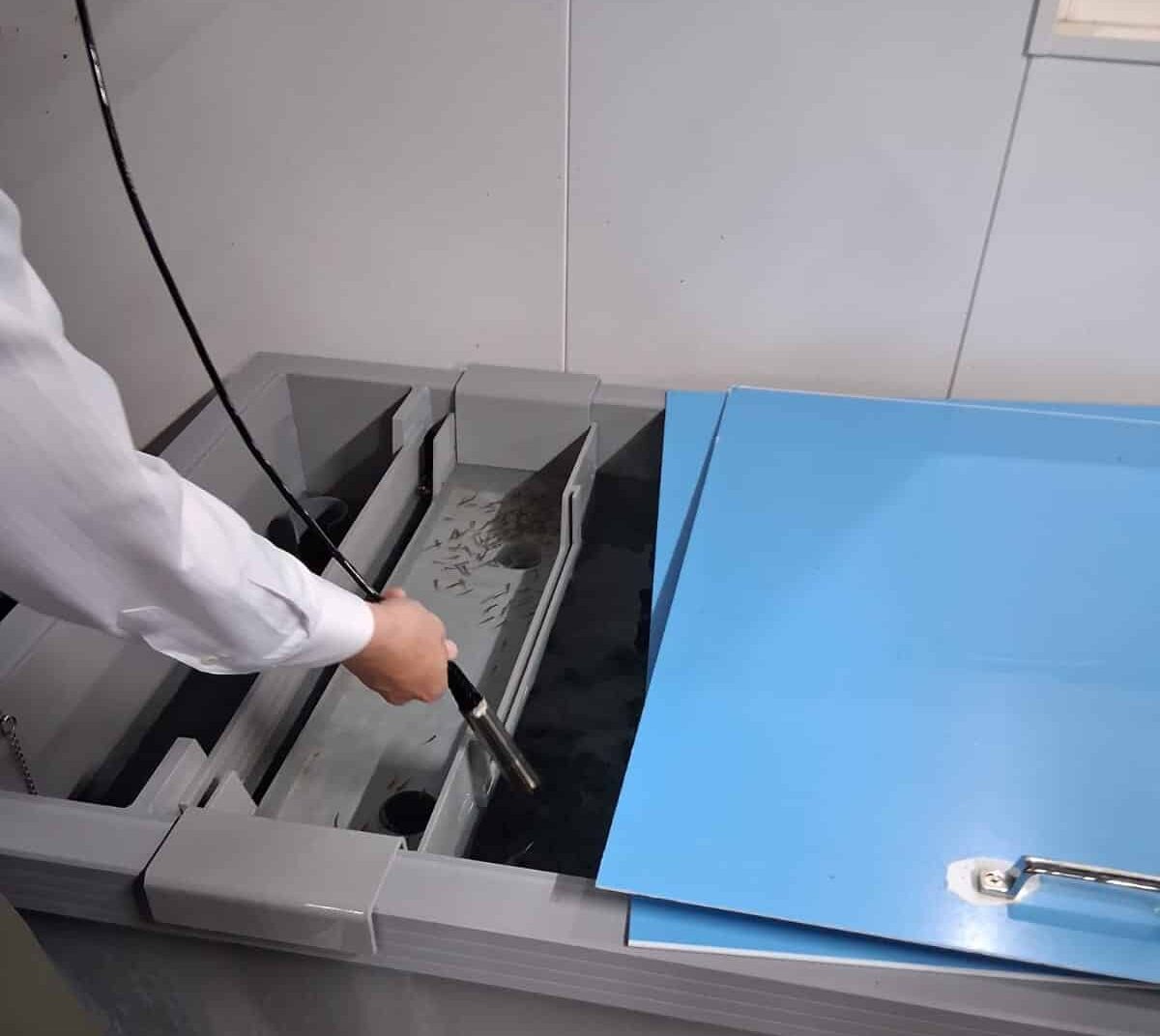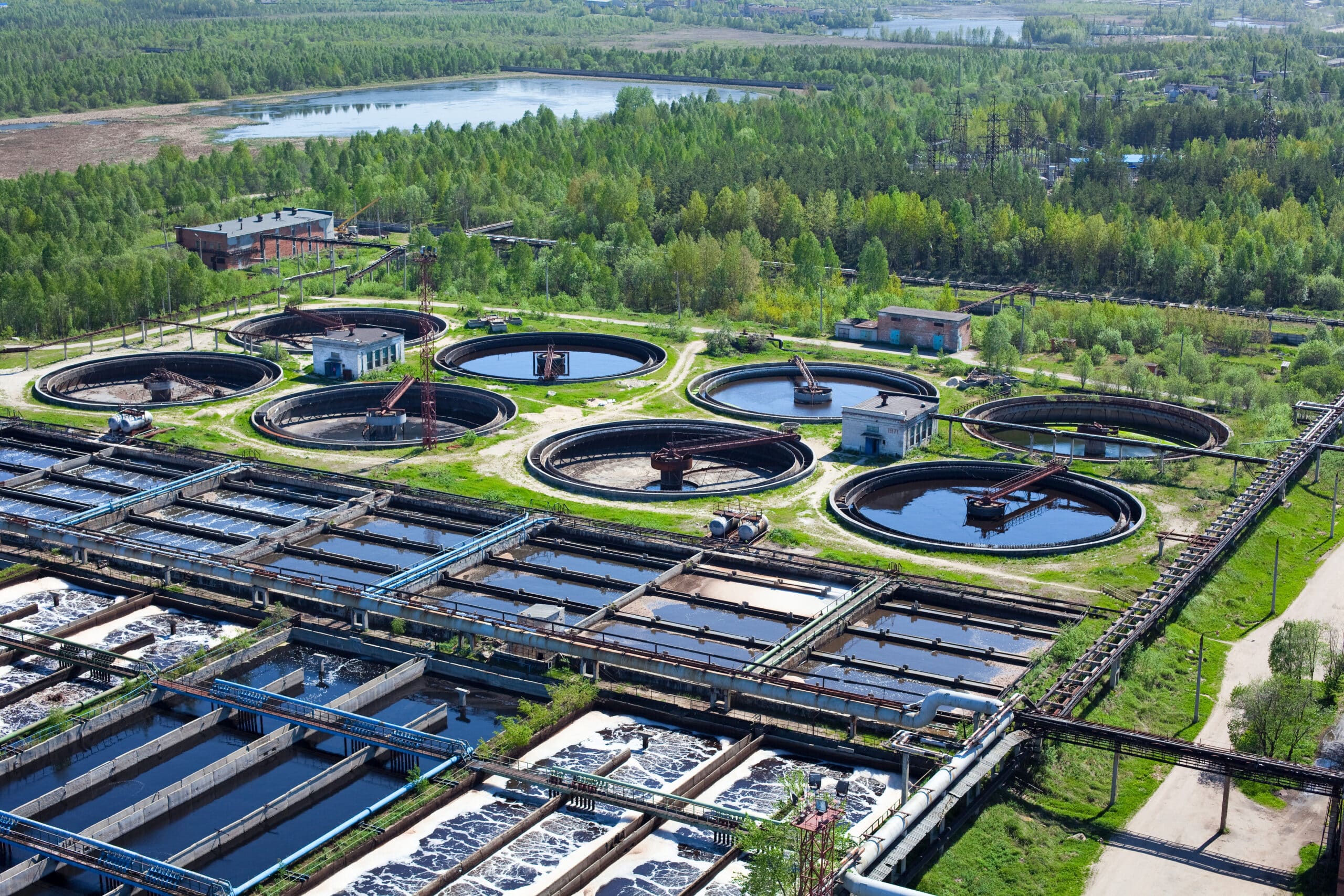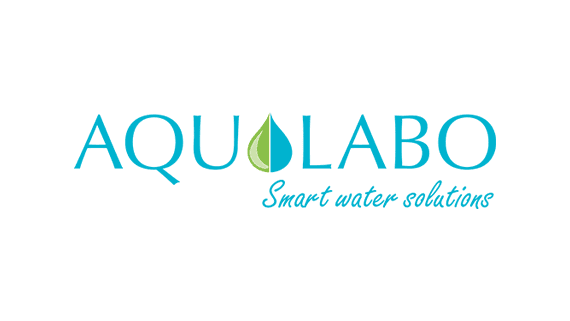What is water alkalinity ?
When you think about maintaining a healthy aquatic environment or ensuring safe drinking water, the concept of alkalinity often comes up. But what exactly is alkalinity ? This article will dive into everything you need to know about alkalinity in water, from its definition and importance to how it’s measured and managed.

Understanding Alkalinity in Water
Definition of alkalinity in water
Alkalinity refers to the capacity of water to neutralize acids. Essentially, it’s a measure of how well water can resist changes in pH when acids are added. This characteristic is crucial for maintaining stable conditions in natural bodies of water as well as in aquariums and pools
The primary components that contribute to alkalinity are carbonate (CO3²⁻), bicarbonate (HCO3⁻), and sometimes hydroxide ions (OH⁻). These ions come together to create what scientists call the buffering capacity of the water. The higher the concentration of these alkaline substances, the greater the water’s ability to counteract acidifying factors.
Bicarbonate is the primary contributor to alkalinity in natural waters, originating from the dissolution of atmospheric CO2 and the weathering of carbonate minerals in rocks and soil.
- p-alkalinity: Represents the alkalinity related to hydroxides and half the alkalinity associated with carbonates.
- m-alkalinity or Total alkalinity: Refers to the alkalinity connected to basic compounds (hydroxides, carbonates, bicarbonates, etc.) up to a pH of about 4.3, including weak acids. Measured in water sources with high concentrations of weak acids or organic contaminants.
Consequences of Improper Alkalinity
- Low Alkalinity: Causes unstable pH levels, increasing corrosion risks and requiring chemical adjustments that may disrupt water balance.
- High Alkalinity: Leads to scaling, reducing the efficiency of heat exchangers and other equipment, such as in boilers where high alkalinity causes significant scale buildup.
Practical Applications and Implications
While alkalinity and acidity generally pose no direct health risks, waters with high or low alkalinity are often unpalatable. For practical applications, proper alkalinity management is essential in various contexts:
- Power Plants: Proper alkalinity management in cooling systems prevents scaling and protects metal surfaces, but excessive alkalinity can cause unwanted deposits.
- Swimming Pools: Maintaining alkalinity levels between 80-120 mg/L helps stabilize pH, preventing scaling and cloudiness in the pool.
- Anaerobic Digestion: Alkalinity monitoring is crucial for stabilizing pH and ensuring efficient biological processes.
- Drinking Water Treatment: Alkalinity acts as a buffer, supporting coagulation, softening, and corrosion control, underscoring its importance in the system.
- Environmental : The alkalinity of a lake or any water body helps determine its sensitivity to acidic inputs, like acid rain.
Factors Influencing alkalinity levels
Natural influences
The natural geology of an area significantly determines its water’s buffering capacity. Regions with abundant limestone deposits tend to have higher carbonate levels, thus exhibiting elevated alkalinity. On the contrary, areas dominated by granite or volcanic rock formations typically show lower levels.
Runoff from soil, fallen leaves, and organic matter decomposition collectively affect the concentration of alkaline substances in water. Seasons play a role too; for example, increased rainfall can dilute these concentrations, thereby reducing the water body’s total alkalinity.
Human activities
Pollution from industrial effluents, agricultural runoff rich in fertilizers, and urbanization all contribute to altered alkalinity levels. Chemicals discharged without proper treatment can include acids or bases, disrupting natural buffering mechanisms.
Agricultural practices involving lime application increase carbonate and bicarbonate levels in surrounding waters. While this practice aims to condition soil, consequent runoff raises the receiving streams’ alkalinity, impacting the local ecosystem.
Measuring Alkalinity in Water
Measuring alkalinity involves titration, a process where an acid of known strength is gradually added to the water sample until it reaches a specific pH endpoint. This endpoint typically revolves around a pH of 4.5, where most alkaline substances have reacted.
The measurement result gives us the total alkalinity value, usually expressed in milligrams per liter (mg/L) or parts per million (ppm) as calcium carbonate (CaCO3). This unit of measurement simplifies comparisons and assessments across various water samples.
Titration method
A common method involving the addition of a standard acid to a water sample. Indicators like phenolphthalein and methyl orange help determine the concentration of carbonate and bicarbonate ions.
Aqualabo offers a CMR-free alternative to phenolphthalein with their TA indicator. This option provides an accurate method for determining carbonate and bicarbonate ion concentrations without the use of CMR (Carcinogenic, Mutagenic, or Toxic to Reproduction) substances.
Titration is relatively simple but requires precision. A standard procedure follows these steps :
Collect a water sample in a clean container.
Add a few drops of an indicator solution, which changes color at different pH levels.
Slowly add the titrant (a strong acid like sulfuric acid) from a burette or dropper bottle while continuously stirring the sample.
Stop adding once the indicator shows a stable color change, indicating that the desired pH has been reached.
Calculate the alkalinity based on the amount of acid used.
Managing and adjusting alkalinity
Whether dealing with aquariums, swimming pools, or large natural reservoirs, managing alkalinity ensures optimal conditions for all intended uses. Several approaches can help achieve this balance.
Increasing alkalinity
If the alkalinity tests reveal low levels, several methods are available to raise it effectively. One common approach is adding sodium bicarbonate (baking soda), which directly enhances the water’s buffering capacity.
For larger applications, such as lakes or municipal supplies, lime (calcium carbonate) treatments may be implemented. When dispersed in water, lime dissolves slowly, boosting bicarbonate and carbonate levels incrementally.
Decreasing alkalinity
Reducing overly high alkalinity is equally important. Highly buffered water resists pH adjustments, complicating efforts to reach target pH levels. In such cases, using a diluted form of a strong acid, like muriatic acid, helps reduce the degree of buffering.
This task should always proceed cautiously, as improper handling of acids poses risks. Gradual additions ensure safer modifications while avoiding abrupt pH swings that stress aquatic life.
Regular testing and maintenance
Consistent monitoring of water alkalinity allows timely interventions, preserving ecosystem health and usability. Setting a routine schedule for testing makes it easier to track trends and identify potential issues before they escalate.
Maintaining logs of these readings provides valuable data for understanding seasonal variations, impacts of local practices, and efficacy of implemented measures. Regular analysis enables enhanced predictive capabilities and informed decision-making regarding water resource management.
Tools for home use
For home aquarists and pool owners, basic test kits offer simple tools to measure alkalinity accurately. In addition, several products combine pH and alkalinity testing functions, providing comprehensive insights into water chemistry in one step.
Manual logbooks or dedicated apps assist in recording and tracking these parameters over time. These tools help hobbyists understand their systems better and implement corrective actions swiftly when needed.
Professional assessment
Larger entities, such as municipal water facilities and environmental agencies, benefit from professional services delivering advanced analyses. Experts utilize state-of-the-art equipment and methodologies, assuring precise measurements and detailed evaluations.
Third-party consultations ensure compliance with stringent regulations aimed at conserving water quality. Their comprehensive reports serve as critical references to maintain standards and safeguard public health interests.






